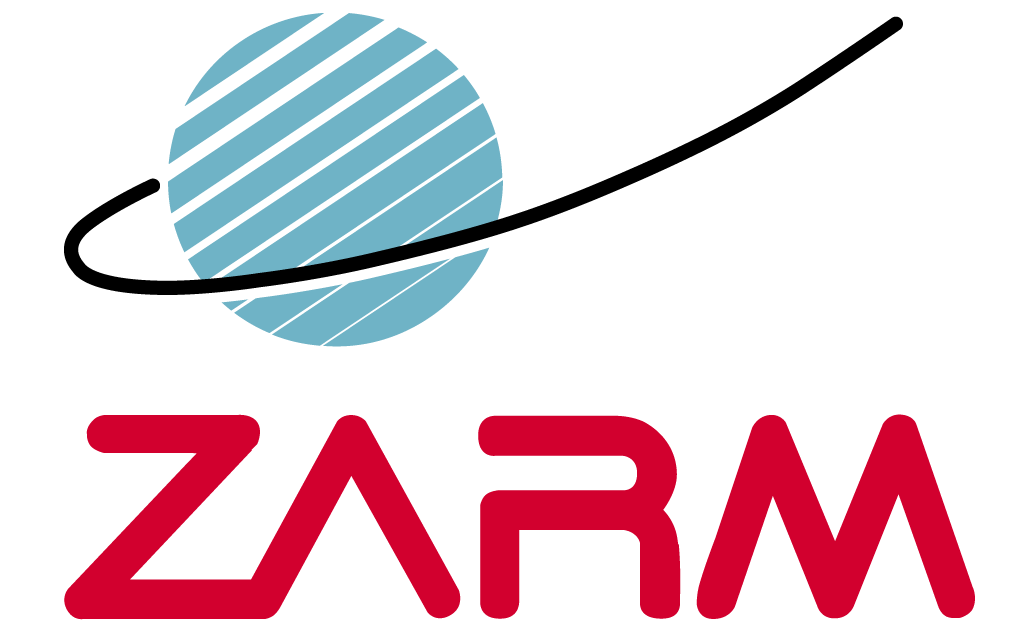ZARM Talk: Quantum Sensors in Space
What are Quantum Sensors and how do they work? Why is space such a good place to deploy them and what are the biggest challenges here? You can find answers to these questions on the 23rd of October, when Marvin Warner will give his talk at ZARM.
ZARM Talk by Marvin Warner
from ZARM, University of Bremen
- Date: 23rd of October,
- Time: 14:00
- Location: ZARM, room 1730
What are Quantum Sensors and how do they work? Why is space such a good place to deploy them and what are the biggest challenges here?
Ultracold atoms are gases cooled to near absolute zero, where they form unique states of matter like Bose-Einstein condensates. On Earth, gravity limits how long these atoms can be studied. In space, microgravity allows much longer observation times, enabling more precise experiments. The MAIUS sounding rocket missions and NASA’s Cold Atom Lab aboard the ISS have successfully created ultracold atoms in space and in orbit, opening new avenues for exploring quantum physics and testing fundamental theories like general relativity. Space-based ultracold atom research is a powerful tool for understanding the universe at its most fundamental level. Here I present the activities of the Quantum Technologies group at ZARM, were we develop a new high performance cold atom instrument for the ISS, building ground based sensor heads, developing a quantum sensor for ultrahigh vacuum and being involved in the satellite mission CARIOQA.




